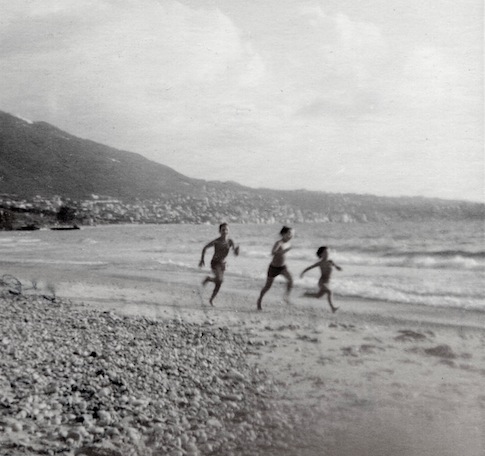The Intimacy of Open Space
Discovering the closeness achieved by framing far away.

How does a filmmaker capture a sense of intimacy between people in a scene? It’s a question I’ve returned to for years and have found no reliable answer. Some directors choose to go in “tight” and shoot a closeup. We’ll see those eyes and lips, the sweat, and we might be lured into believing we can feel a character’s breathing. Perhaps the music should drop out. Or maybe it should swell so that it sweeps us into an emotional state where everything somehow feels more tender. How do we approach the characters we’re caught up in?
Some of you may remember a tv show from the late 1960’s with Bill Bixby called The Courtship of Eddie’s Father. It used a technique at the beginning of most episodes that would best be described as a brief visual poem. I loved this approach the moment I saw it and realized how counter-intuitive it was many years later. Instead of going tight, the camera goes “wide,” framing the characters at a greater distance so that they might at moments appear like dots on a background. Eddie always had a simple question for his father, a question that didn’t have an answer, but that spurred some pondering and conversation. Their voices were loud and clear, but everything else was farther away as we took part in life’s vastness by seeing ourselves as small. I’ve always felt it’s gutsy to shoot that way instead of relying heavily on performance and closeups. In 1979, I saw this technique come beautifully to life in Woody Allen’s Manhattan. Remember that scene of Woody and Diane Keaton by the Brooklyn Bridge? So sweet.
Framing extra wide allows a crucial player to touch the audience: the unmoving, empty, open space that holds everything.
See clips of what I mean here: The Courtship of Eddie’s Father and Manhattan.
by Eric Pomert
blog comments powered by Disqus
